Greenhouses use artificial light to simulate the sun and create a warm environment for plants. As a result, greenhouse farming has recently become an environmentally-friendly and cost-effective option for farmers.
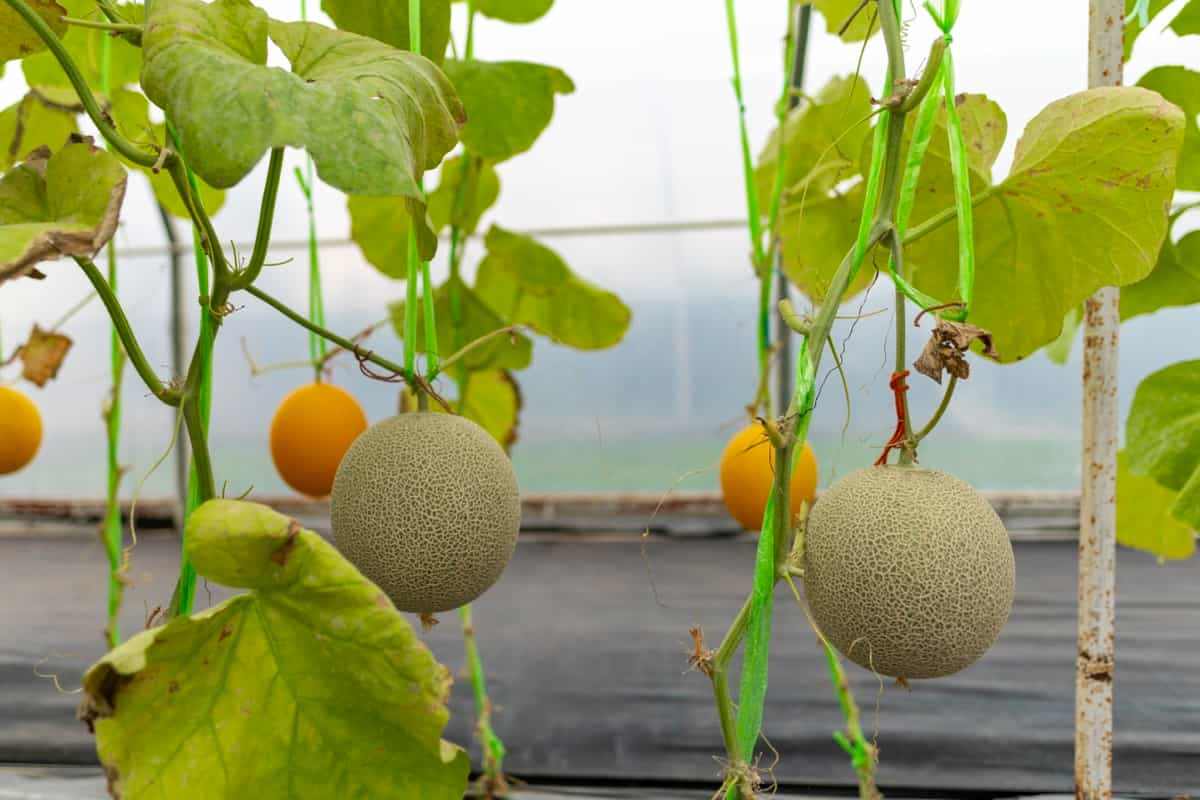
How to Start Greenhouse Farming in Odisha
What is Greenhouse Farming?
Greenhouse farming is a farming system that uses greenhouses to grow crops. Greenhouses help to keep the temperature and humidity levels high, which helps to improve the growth of plants. Greenhouse farming is a type of agriculture where plants are grown in enclosed, artificially heated structures. These farms are popular in areas with warm climates and can produce a wide range of crops, including vegetables, fruits, and flowers.
In greenhouse farming, the plants are typically grown in large pots or boxes filled with soil and covered with plastic or metal sheets. The temperature inside the greenhouse is controlled by heating or cooling systems. In addition, greenhouse farmers can grow specific crops, such as fruits and vegetables, flowers, or herbs.
Greenhouse farming is an efficient method of agriculture because it allows farmers to extend the growing season in areas that would otherwise be unsuitable for agriculture. Greenhouses also allow farmers to produce crops year-round, benefiting businesses and consumers who want fresh produce throughout the year.
In case you missed it: Greenhouse Farming in Tamil Nadu: Crops, 1 Acre Greenhouse Cost, Subsidy, and Loan

Advantages of Greenhouse Production in Odisha
1. High yields – Greenhouse farming can yield up to three times more than traditional agriculture due to improved growing conditions and increased use of resources.
2. Reduced environmental impact – Greenhouse cultivation practices produce minimal pollution since plants do not need to compete with animals or machines for soil or sunlight. Greenhouses also use less water, which reduces the burden on ecosystems.
3. Increased product diversity – With a wider range of crops available, greenhouse farmers can diversify their income sources and provide additional nutritional value to the local population.
4. Increased food security – Greenhouse farmers help reduce food imports by increasing food production locally, which can positively impact regional economies.
5. Reduced reliance on imported inputs – By using locally sourced materials, greenhouse farmers reduce their dependence on expensive imported inputs such as fertilizer and pesticides.
6. Year-round production – This is useful for farmers who want to produce fruits, vegetables, flowers, or nursery plants. A controlled climate also helps prevent or reduce pests and diseases.
7. Use less water – Greenhouse farming requires only one-third the amount of water as field farming, which means it is better for drought-prone areas. It also uses fewer fertilizers and pesticides, which can harm the environment. Finally, because crops are grown close to each other, they take up much less space than traditional crops.
Greenhouse Vegetable Production in Odisha
Greenhouse vegetables are being produced in Odisha, a state in eastern India. The climate is conducive to greenhouse vegetable production, and the farmland is ample. Greenhouse vegetable production has increased in recent years because of the increasing popularity of these crops as food sources. The main crops grown in greenhouses in Odisha are Tomatoes, Cucumbers, Peppers, Eggplants, and Beans.
Acreage requirements for these crops vary based on the variety being grown. For example, eggplant requires more land than other vegetables. Greenhouses also produce leafy greens such as Lettuce and Spinach. To produce vegetables in greenhouses, farmers need to invest in infrastructure such as heating systems and ventilation systems. Additionally, they need to purchase seeds and fertilizer for their plants.
In case you missed it: Greenhouse Farming in Maharashtra: Crops, 1 Acre Greenhouse Cost, Subsidy, and Loans
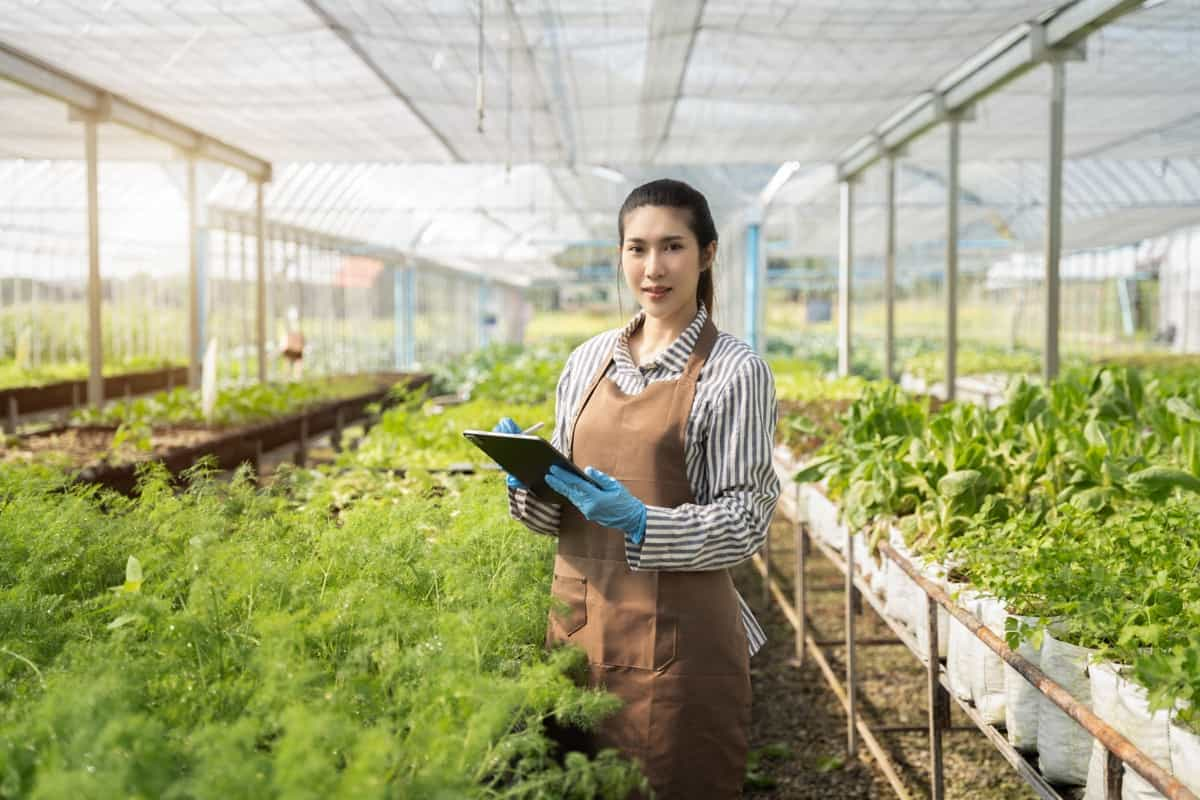
Is Greenhouse Farming Profitable in Odisha?
Greenhouse farming is becoming more popular in Odisha as the state has a long, hot summer with little rainfall. Greenhouse farming has gained immense popularity recently as it is an environmentally-friendly and cost-effective cultivation method. The main advantage of greenhouse farming is that the growing environment can be controlled closely so crops can be grown year-round in a temperate climate. Greenhouse farming is also popular in Odisha, as the state has a temperate climate and ample sunlight.
How Does Greenhouse Farming Work?
Greenhouse farming is a type of agriculture that uses controlled environmental conditions to produce crops. Greenhouse farming is most commonly used in tropical and subtropical climates because the temperature requirements for growing crops are lower than those required in temperate climates.
There are many different methods of greenhouse farming, but the basic idea is to build an enclosed space where the temperature can be controlled and kept at a specific level. This space typically includes layers of glass or plastic that allow sunlight in but keep the heat out. Greenhouse farming is an efficient way to produce food because it allows you to grow crops year-round.
Crops are Grown Under Greenhouses in Odisha
Many crops can be grown in a greenhouse in Odisha. The most common crops grown in greenhouses include tomatoes, Lettuces, Cucumbers, Eggplants, Peppers, and Squash. Greenhouse farming is a great way to extend the season for these vegetables and produces crops that would not normally be possible to grow in the state due to climatic conditions.\ Vegetables are the most popular type of crop grown in greenhouses.
They include varieties of Cabbage, Cauliflower, Brussels Sprouts, and Kale. These crops need less water than others, making them ideal for greenhouse farming. Fruits are also popular in greenhouses. These include Apples, Pears, Grapes, and Bananas. Fruits require more water than vegetables but produce larger, tastier, healthier crops. Flowers are also popular in greenhouse farming. These include Roses, Lilies, Orchids, and Carnations. Flowers need less water than fruits or vegetables and produce smaller but fragrant plants.
In case you missed it: Greenhouse Farming in Karnataka: Crops, 1 Acre Greenhouse Cost, Subsidy, and Loans
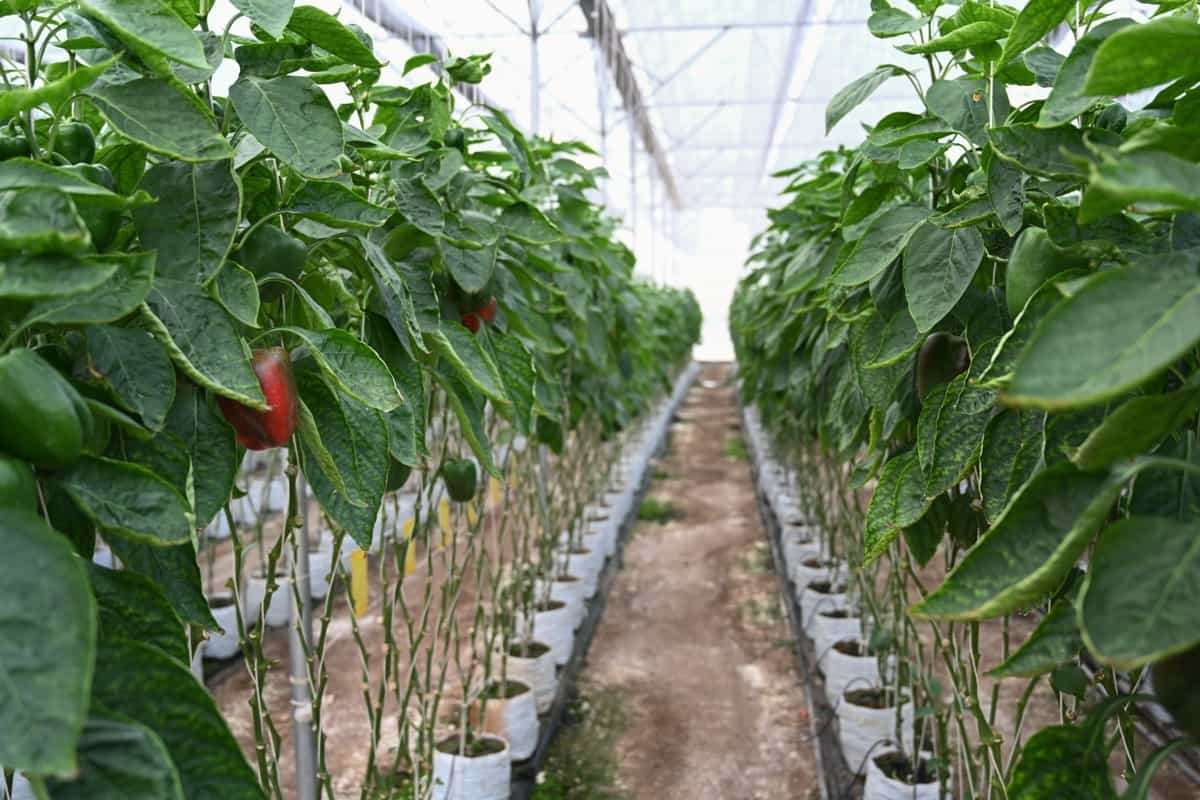
Cost to Set Up a Greenhouse in Odisha
In Odisha, greenhouses have cultivated various crops for over two decades. The state has a good monsoon season and a long sunny season. This makes it one of the best places in India to set up a greenhouse. The cost of setting up a greenhouse depends on its size, the material used, and the number of plants it can hold. One-acre greenhouse farm set up cost is between Rs. 5,000-50,000. There is also an installation charge which varies depending on location.
Number of Greenhouses in Odisha
Odisha has a rich agricultural sector supported by a well-developed infrastructure. The state has around 1,600 greenhouses, of which around 900 are in the Khariar area of Balasore. These greenhouses produce a variety of crops, including fruits and vegetables.
Steps to Create Greenhouse Business Plan in Odisha
1. Research your region and find the right climate: You will need to research your region’s climate before starting your greenhouse farm. This will help you determine what crops will grow well in that area and what type of greenhouse you need. Find out if greenhouse farming is right for you and your area. Crops can be grown in greenhouses in several climates, so it’s important to find the right climate for your plants.
2. Get the right equipment: You’ll need some basic equipment to get started, such as a greenhouse frame, roofing materials, and heating/cooling systems. Make sure you research these items beforehand to buy quality products that will last.
3. Decide what crops you want to grow: Decide which crops you would like to grow in your greenhouse. There are many options available depending on your region and climate. Some common crops grown in greenhouses include vegetables, fruits, flowers, herbs, and ornamental plants. The crops that can be grown in greenhouses are mainly fruits and vegetables. Some other crops that can be grown successfully in greenhouses are flowers, herbs, and ornamental plants. The choice of crops depends on the climate and soil conditions of the greenhouse area.
4. Figure out how much space you will need: Once you have decided on the crops you wish to grow, it is important to figure out how much space you will need for your greenhouse. This will depend on the size of your greenhouse as well as the type of crop being grown.
In case you missed it: How to Build a Small Greenhouse from Scratch: Cheap Construction Ideas, Material Required, and Setup Cost
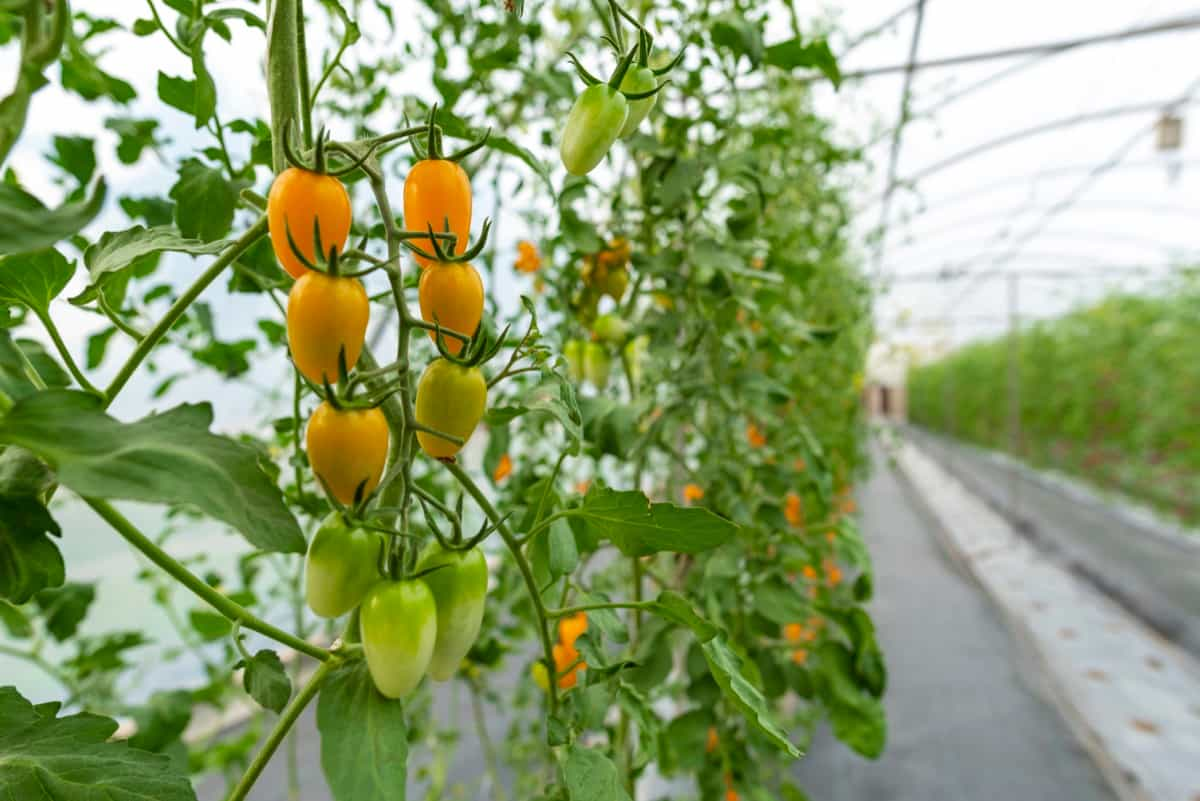
5. Select a location for your greenhouse: After figuring out how much space you will need and which crops you wish to grow, it is time to select a location for your greenhouse. Find an area with good sunlight exposure and plenty of room for expansion.
6. Get the land ready: Before starting your greenhouse farming venture, make sure the land is ready by clearing any trees or other vegetation from the area. This will make building your greenhouse much easier.
7. Get financial assistance: If you’re interested in starting a greenhouse farming venture but don’t have enough money, consider seeking financial assistance from government agencies or private companies. There are many ways to get subsidies and loans for greenhouses, so research to find out which options are available.
8. Apply for loans and subsidies: Many loan options for starting a greenhouse business in Odisha are available. You can consult with local banks or financial institutions to get loans for setting up your business. The interest rates for these loans vary, but they generally offer lower interest rates than bank lending products. Look into government subsidies and loans available for greenhouse farming in Odisha. These programs can help offset some costs of starting a greenhouse business.
Key Rules to Start Greenhouse Farming in Odisha
- Select crops well-suited for greenhouse farming, given the region’s climate and soil composition. Examples of crops that can be successfully grown in a greenhouse include Tomatoes, Cucumbers, Eggplants, Bell Peppers, and Strawberries.
- Plan your greenhouse farm carefully to take advantage of the right sunlight and ventilation conditions. Orient your structure east-west or north-south to ensure the most efficient use of natural light and air circulation.
- Ensure you have the appropriate plantation equipment and infrastructure, including acreage for growing plants, supplements for nutrients, irrigation systems, drainage systems, refrigeration facilities, power supply (if required), a workers’ accommodation area, and an agricultural training institute/university nearby.
- Decide what type of crop you want to grow in your acre greenhouse. There are many options, including vegetables, fruits, and flowers.
- Next, you’ll need to get permits and approvals from the government. This includes getting a license from the state agriculture department and securing permissions from local authorities (such as zoning boards).
- To successfully greenhouse farm, you’ll need the right equipment. This includes a good ventilation system, heating and cooling systems, and a rainwater harvesting system.
In case you missed it: Key Rules to Start a Greenhouse Farming in Mexico: Business Plan, Setup Cost, Profit, and Management
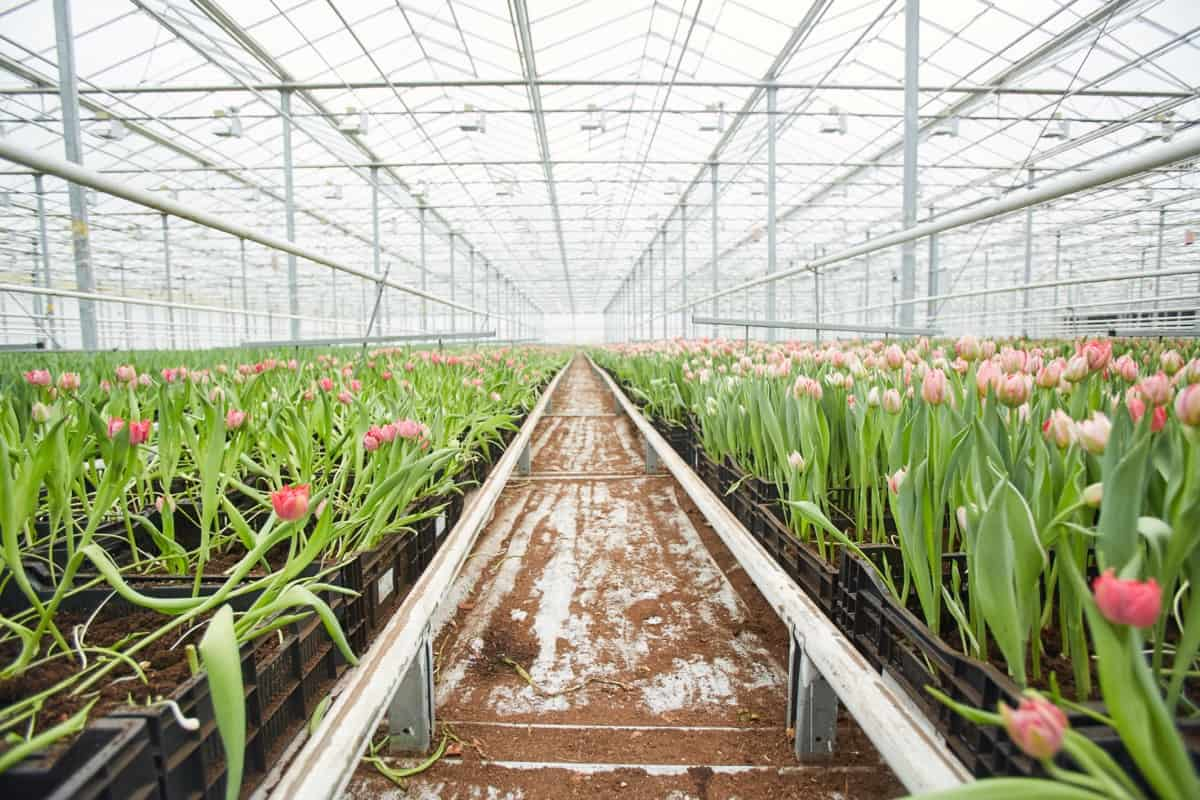
Greenhouse Loans and Subsidies in Odisha
- There are subsidies available for greenhouse farmers in many countries around the world. These subsidies help make greenhouse farming more affordable for small farmers and promote sustainability by encouraging sustainable practices like using renewable energy sources.
- Farmers receive government subsidies for growing greenhouse vegetables. These subsidies can help lower the cost of producing these crops for farmers. Additionally, farmers may be eligible for loans from banks or agricultural credit institutions to help them set up greenhouses and purchase the equipment needed to grow these crops.
- There are several government subsidies and loans available for greenhouse farmers in Odisha, including the Pradhan Mantri Fasal Bima Yojana (PMFBY), Pradhan Mantri Krishi Sinchai Yojana (PMKSY), and Agricultural Produce Marketing Committee (APMC) loans.”
- Odisha offers various subsidy schemes for greenhouses, including the Pradhan Mantri Krishi Sinchai Yojana (PMKSY), Jawaharlal Nehru National Rural Employment Guarantee Act (JNNURGA), and Prime Minister Fasal Bima Yojana (PMFBY).
- The government offers interest-free loans to farmers who invest in greenhouses, and a grant program provides funding for purchasing or renovating greenhouses. Many private companies offer financing options to farmers interested in starting or expanding their greenhouse operations.
Challenges of Greenhouse Farming in Odisha
The main challenge of greenhouse farming in Odisha is the high humidity levels in the climate. The high humidity causes problems with plant growth, including decreased yields and reduced fruit size. Another challenge of greenhouse farming in Odisha is the availability of land. Many farmers do not have access to suitable land for greenhouse farming, limiting the amount of food produced using this type of agriculture.
One challenge is that the state has a very dry climate. This means that water is scarce and must be carefully managed to ensure the growth of plants in greenhouses. Another challenge is the availability of inputs, such as fertilizer, pesticides, and water drip irrigation systems. Without these inputs, crops sometimes fail to thrive in greenhouses. Greenhouse farming is also affected by pests and diseases, which the hot, humid conditions can exacerbate.
Fungal infections are common in Odisha, while plant diseases such as black sigatoka and budburst virus are also prevalent. These challenges must be addressed if greenhouse farming becomes viable in the state. Despite these challenges, many farmers successfully grow crops in greenhouses across Odisha. They have developed various strategies to overcome these challenges and produce high-quality fruits and vegetables with minimal input costs.
In case you missed it: Glasshouse Farming: For Increased Yields and Reduced Pesticide Use
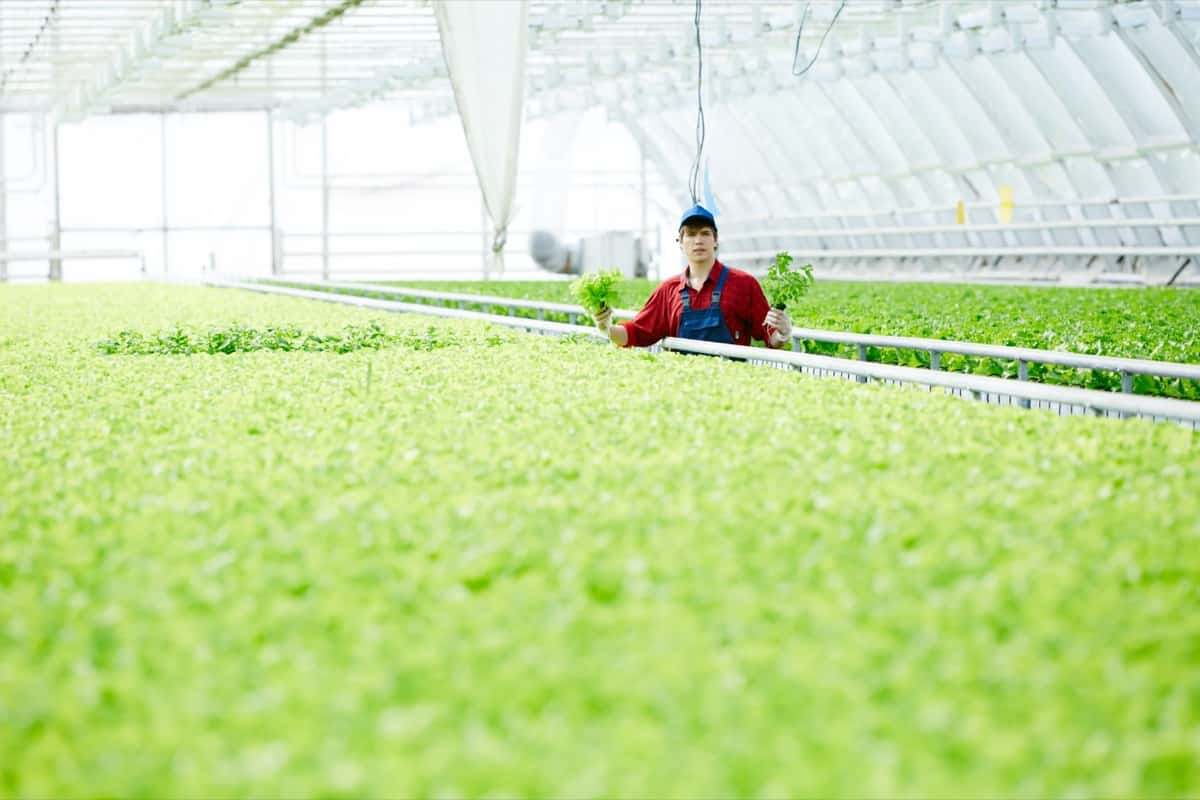
Conclusion
Greenhouse farming is a type of agriculture that involves the production of crops in a controlled environment. Greenhouses allow growers to produce crops year-round, which can be particularly advantageous in areas with warm climates or during years with extreme weather conditions.
Greenhouse farming is also popular among farmers who cannot access certain agricultural land because it is unsuitable for other types of farming, such as traditional row crop agriculture. If you live in the district, cities/towns of Odisha and plan to start a commercial greenhouse cultivation/production, this blog post would be helpful.
| Angul | Kandhamal |
| Balangir | Kendrapara |
| Baleswar | Kendujhar |
| Bargarh | Khorda |
| Bhadrak | Koraput |
| Boudh | Malkangiri |
| Cuttack | Mayurbhanj |
| Debagarh | Nabarangapur |
| Dhenkanal | Nayagarh |
| Gajapati | Nuapada |
| Ganjam | Puri |
| Jagatsinghapur | Rayagada |
| Jajapur | Sambalpur |
| Jharsuguda | Sonapur |
| Kalahandi | Sundergarh |
| Bhubaneswar | Brajarajnagar |
| Cuttack | Rayagada |
| Raurkela (Rourkela) | Bhawanipatna |
| Brahmapur (Berhampur) | Paradip |
| Sambalpur | Dhenkanal |
| Puri | Barbil (Bada Barabil) |
| Baleshwar (Balasore) | Jatani |
| Bhadrak | Kendujhar (Kendujhargarh) |
| Baripada | Byasanagar |
| Balangir | Rajagangapur |
| Jharsuguda | Sunabeda |
| Jaypur | Koraput |
| Bargarh |
- How to Build a Low-budget Goat Shed: Cheap Ideas and Tips
- Goat Farming Training Programs in India: A Beginner’s Guide
- Types of Pesticides Used in Agriculture: A Beginner’s Guide
- Economical Aquaculture: A Guide to Low-Budget Fish Farming
- 15 Common Planting Errors That Can Doom Your Fruit Trees
- How to Make Houseplants Bushy: Effective Tips and Ideas
- Innovative Strategies for Boosting Coconut Pollination and Yield
- Pollination Strategies for Maximum Pumpkin Yield
- The Complete Guide to Chicken Fattening: Strategies for Maximum Growth
- Natural Solutions for Tulip Problems: 100% Effective Remedies for Leaf and Bulb-Related Issues
- Revolutionizing Citrus Preservation: Towards a Healthier, Greener Future
- Natural Solutions for Peony Leaf and Flower Problems: 100% Effective Remedies
- Maximizing Profits with Avocado Contract Farming in India: A Comprehensive Guide
- Natural Solutions for Hydrangea Problems: 100% Effective Remedies for Leaf and Flowers
- The Ultimate Guide to Choosing the Perfect Foliage Friend: Bringing Life Indoors
- From Sunlight to Sustainability: 15 Ways to Use Solar Technology in Agriculture
- The Ultimate Guide to Dong Tao Chicken: Exploring from History to Raising
- The Eco-Friendly Makeover: How to Convert Your Unused Swimming Pool into a Fish Pond
- Mastering the Art of Delaware Chicken Farming: Essentials for Healthy Backyard Flocks
- 20 Best Homemade Fertilizers for Money Plant: DIY Recipes and Application Methods
- How to Craft a Comprehensive Free-Range Chicken Farming Business Plan
- Brighten Your Flock: Raising Easter Egger Chickens for Beauty and Bounty
- How to Optimize Your Poultry Egg Farm Business Plan with These Strategies
- Subsidy for Spirulina Cultivation: How Indian Government Schemes Encouraging Spirulina Farmers
- Ultimate Guide to Raising Dominique Chickens: Breeding, Feeding, Egg-Production, and Care
- Mastering the Art of Raising Jersey Giant Chickens: Care, Feeding, and More
- Ultimate Guide to Raising Legbar Chickens: Breeding, Farming Practices, Diet, Egg-Production
- How to Raise Welsummer Chickens: A Comprehensive Guide for Beginners
- How to Protect Indoor Plants in Winter: A Comprehensive Guide
- Ultimate Guide to Grow Bag Gardening: Tips, Tricks, and Planting Ideas for Urban Gardeners
- Guide to Lotus Cultivation: How to Propagate, Plant, Grow, Care, Cost, and Profit
- Agriculture Drone Subsidy Scheme: Government Kisan Subsidy, License, and How to Apply Online
- Ultimate Guide to Raising Araucana Chickens: Breed Profile, Farming Economics, Diet, and Care
- Bringing Hydroponics to Classroom: Importance, Benefits of Learning for School Students
- Ultimate Guide to Raising Polish Chickens: Breed Profile, Farming Economics, Diet, and Care
- Ultimate Guide to Raising Australorp Chickens: Profile, Farming Economics, Egg Production, Diet, and Care